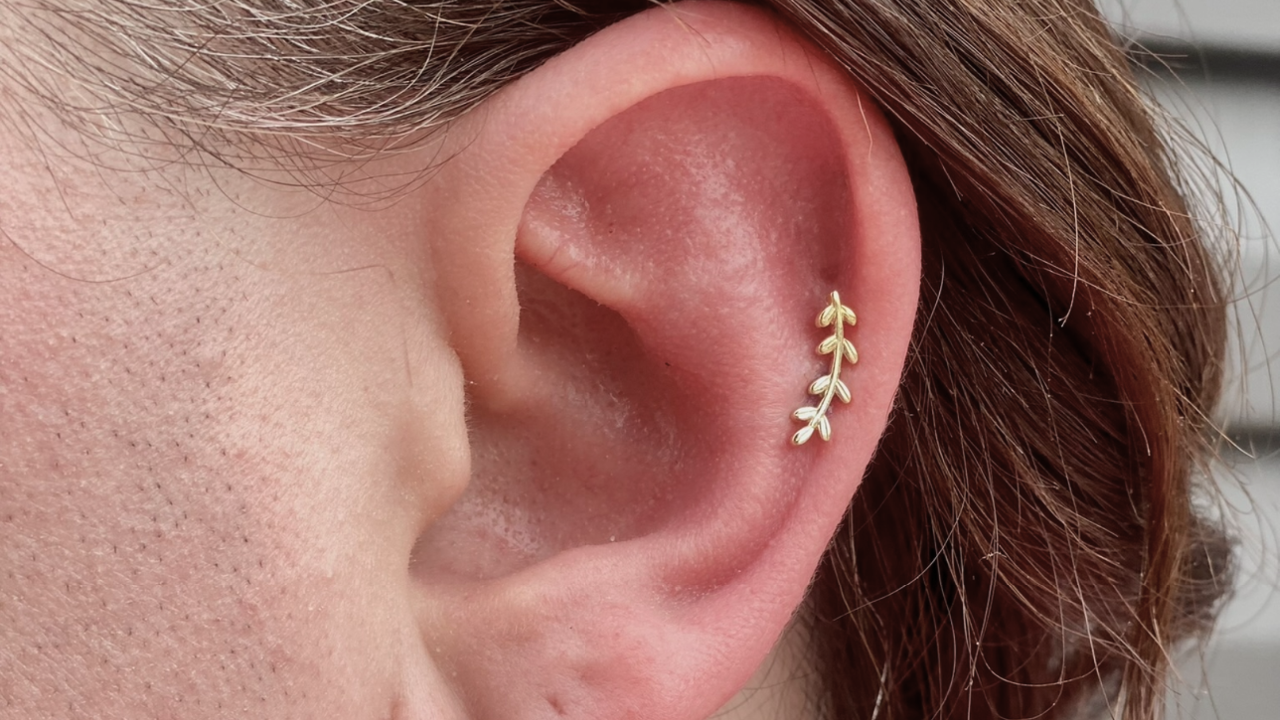What is a Cartilage Piercing?
When exploring types of ear piercings, it’s common to hear terms like “cartilage” and “helix” used interchangeably—but there’s a small, important distinction. Cartilage refers to the firmer parts of your ear. It includes several piercing locations, such as the helix, conch, tragus, rook, and more.
What is the Helix?
The helix is a specific spot within the broader category of cartilage piercings. The helix is located along the outer edge of the ear and is one of the most popular placements.
Beyond the Ear
Other piercing placements involve cartilage, too! The nostril is also made up of soft cartilage, not just skin. While it's thinner and more flexible than ear cartilage, it’s still firmer than fleshier areas like the earlobe or navel.
Healing
Healing a cartilage piercing is a different experience compared to piercings that go through softer tissue. Cartilage has less blood flow, which means it generally takes longer to heal. You might be looking at several months, sometimes even up to a year, for a complete heal. Softer tissue piercings often heal more quickly and with fewer complications, thanks to better circulation. This difference is key when planning your aftercare and managing expectations.
So, What's the Difference?
It’s easy to see why the terms “cartilage” and “helix” get used interchangeably—they’re closely related, but not the same. “Cartilage” refers to the firm, flexible tissue found in various parts of the ear and nose, and a cartilage piercing is any piercing that passes through this tissue. The helix, on the other hand, is a specific area along the outer upper edge of the ear. So while every helix piercing is technically a cartilage piercing, not all cartilage piercings are helix piercings. Understanding this distinction can help you better communicate with your piercer and choose a placement that fits your style.

